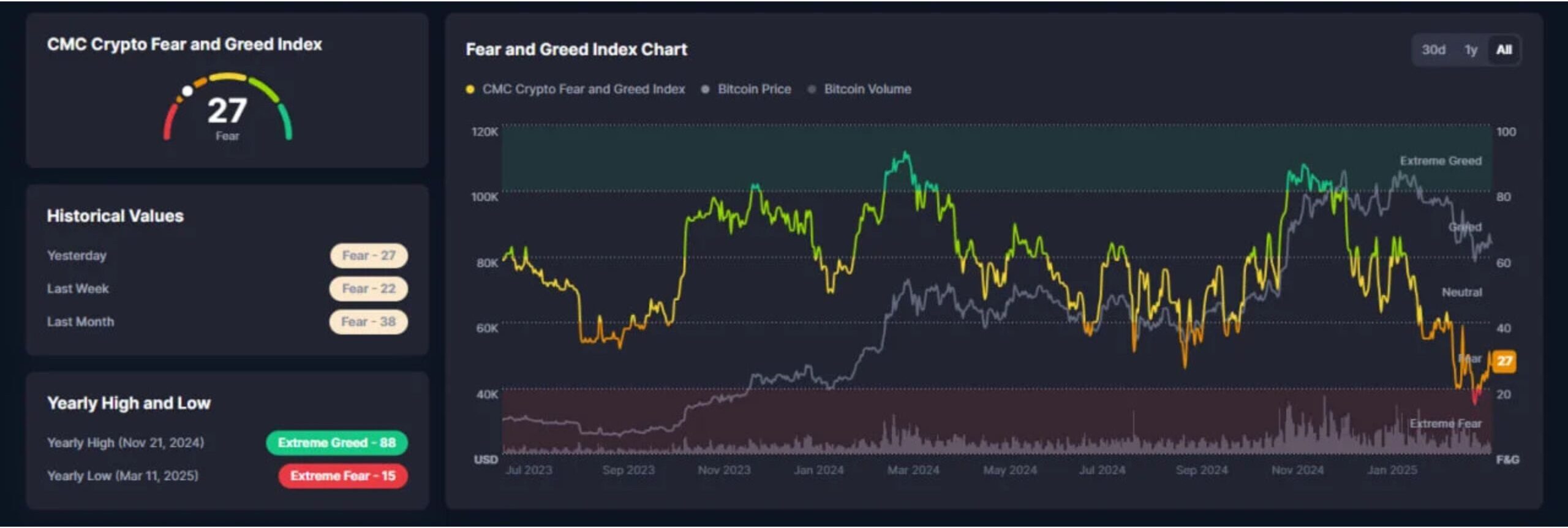Islamabad, April 07: Stock markets across Asia saw significant declines on Monday as escalating trade tensions and continued commitment by the White House to its tariff strategy rattled investors.
The selloff deepened concerns about a looming recession, prompting futures markets to price in nearly five U.S. interest rate cuts by year-end.
The downturn was triggered by President Donald Trump’s reaffirmation that no trade agreement with China would be made until the U.S. trade deficit was addressed.
This hardened stance, paired with Beijing’s promise of retaliation, intensified investor anxiety.
“The only real circuit breaker is President Trump’s iPhone, and so far, he appears unfazed by the market chaos,” remarked Sean Callow, Senior FX Analyst at ITC Markets in Sydney. “He’s shown no indication of backing away from a position he’s championed for decades.”
Markets, previously hopeful that massive wealth losses and economic risks might deter the administration, were left disappointed. Analysts at JPMorgan warned that prolonged trade tensions could derail global growth.
“The scale and potential disruption of U.S. trade policy, if continued, could turn a healthy economic expansion into a recession,” said Bruce Kasman, Chief Economist at JPMorgan.
He estimated the probability of a downturn at 60%.
Kasman predicted that the Federal Reserve would begin easing interest rates in June and continue cutting at each meeting through January, lowering the federal funds rate to a top range of 3.0%.
U.S. equity futures reflected the bearish sentiment, with S&P 500 futures falling 3.1% and Nasdaq futures plunging 4.0%, compounding last week’s nearly $6 trillion loss in market value.
The turmoil rippled through European markets as well, with EUROSTOXX 50 futures down 3.0%, FTSE futures falling 2.7%, and Germany’s DAX futures declining 3.5%.
Hit on Asian Market
Asia was hit even harder. Japan’s Nikkei tumbled 6%, its lowest level since late 2023, while South Korea’s market dropped 5%.
The MSCI Asia-Pacific index outside Japan sank 3.6%, and Chinese blue-chip stocks slid 4.4% as investors awaited Beijing’s potential response.
Read More: Alibaba Eyes Pakistani, Asian Suppliers Amid US Trade Uncertainty
Taiwan’s stock market, which had been closed for the last two sessions, resumed trading with a steep 10% drop. In response, local regulators moved to restrict short selling in an attempt to stabilize the market.
Energy prices remained under pressure amid the bleak global outlook. Brent crude fell by $1.35 to $64.23 per barrel, while U.S. crude slid $1.395 to $60.60.
Bond markets rallied as investors sought safety, with 10-year Treasury yields falling 8 basis points to 3.916%.
Fed Response
Fed funds futures showed markets now expect an additional quarter-point rate cut from the Federal Reserve this year, with a 56% probability of the first cut arriving as early as May.
Even as Fed Chair Jerome Powell indicated on Friday that there was no urgency to adjust rates, markets clearly believe otherwise.
Currency markets reflected the shifting sentiment. The dollar slipped 0.4% against the yen to 146.26, while the euro held steady at $1.0961. The dollar also dropped 0.6% against the Swiss franc, and the trade-sensitive Australian dollar fell 0.4%.
Despite concerns that tariffs will eventually push inflation higher, especially in consumer goods sectors like food and automobiles, the immediate threat of recession appears to be driving investor expectations for rate cuts.
Also Read: Stock Market Boost: Asian Currencies Surge against US Dollar
Analysts anticipate U.S. consumer inflation data due this week will show a 0.3% increase for March. However, many believe that with new tariffs, price hikes could accelerate over the coming months.
Rising input costs will put corporate profit margins under pressure, a concern amplified by the upcoming earnings season.
Large U.S. banks are scheduled to kick off quarterly reports starting Friday, with around 87% of companies set to report between April 11 and May 9.
Goldman Sachs analysts expect that many firms will refrain from issuing guidance for Q2 and full-year 2025 due to the uncertainty.
“With higher tariffs, companies will face the difficult choice of passing on costs to consumers or sacrificing profitability,” Goldman analysts noted. “We foresee downward revisions in margin expectations over the coming quarters.”
Even gold—typically a safe haven—slipped 0.3% to $3,026 an ounce, suggesting investors may be liquidating holdings to meet margin calls or cover losses elsewhere.
This broad selloff has led to fears of a self-perpetuating cycle, where investors liquidate assets to meet obligations, further driving prices down across the board.









